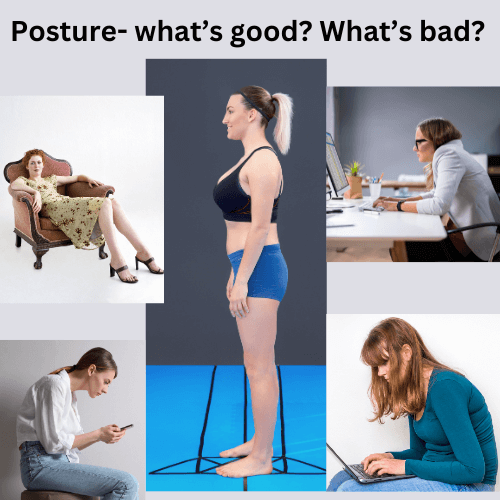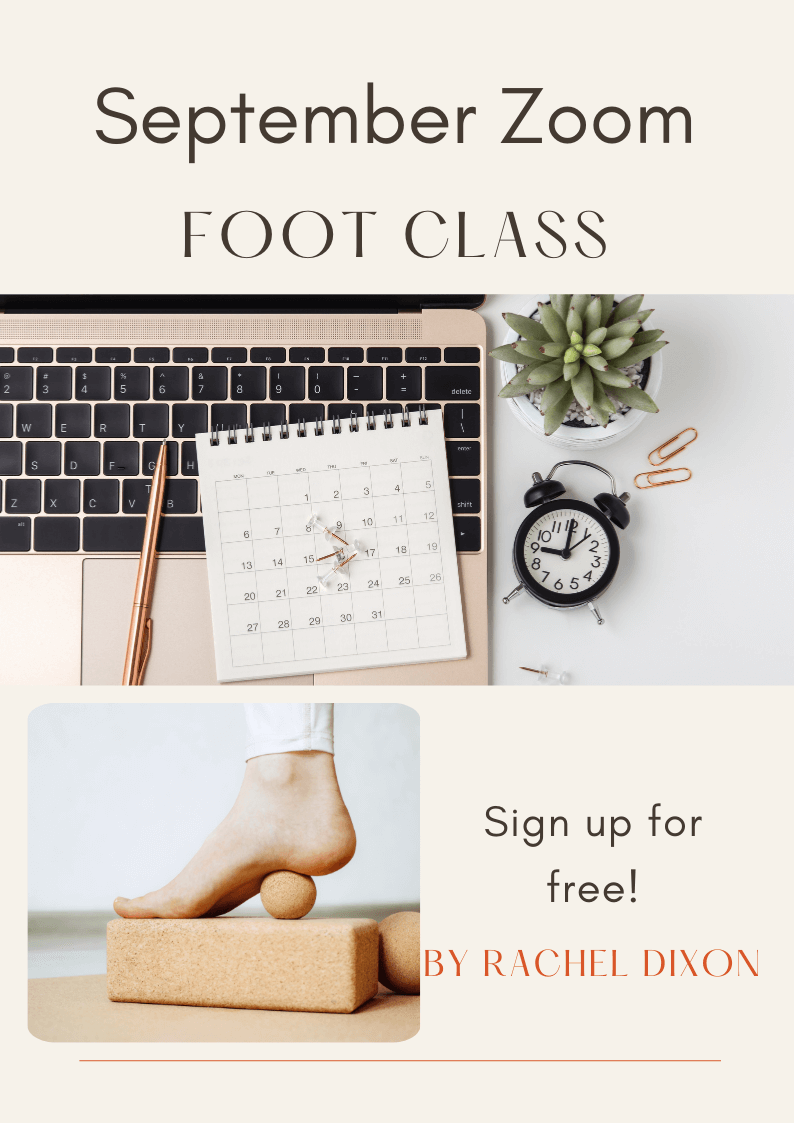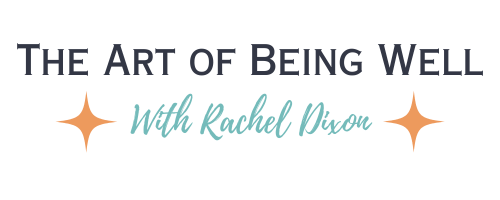Here is how the class is designed.... One sign-up but access to the series....
This page has all the information you need. I would bookmark it. Each class is designed by me towards a particular focus. The video and "cheat sheet" of foot exercises are listed with each date. It might be helpful to watch prior to my class- but not necessary as I will do my own spin on it. I will also add accomodations for things like balance deficits. The Zooms will be recorded and uploaded to this page. This page will be available for replays until October 15.
Date: September 10, 8am-9am
Foot Mobility Tools
Emily Splichal- EBFA Global
**5 Min Morning Foot Routine Strengthening Series
The simple solution to foot strengthening and mobility- based on EBFA's education
Step 1 - Neuro Ball Release
Step 2 - Finding Neutral "set your base"
Step 3 - Forward Lean
Step 4 - 10 second Balance
Step 5 - Ball between heel
Sue Hitzmann- MELT Method
**full foot routine**
- Position point pressing: Press in- relax, then move your body to adjust the pressure on foot. Start with a softer ball before transitioning to a firmer squishy ball. You can also use small or bigger melt balls.
- Gliding: Apply consistent pressure and glide the ball back and forth towards the heel.
- Shearing:Create a shear effect by pinning the skin and compressing the area
- Rinsing: Start at the ball of the big toe and push the ball from the forefoot to the heel. Maintain consistent pressure and keep the ball moving
- Friction: Rinsing lengthwise but fast speed- to create friction.
Jill Miller- Tune Up Fitness
Date: Tuesday, September 17, 8-9am Zoom
Dealing with HEEL Pain (Plantar Fascitis)
1. Put out the "FIRE" for two weeeks (or 50% reduction of Pain)
- Increase foot support
- Minimize foot stress
- Increase massage gently
- Maybe: Foot supplements, voltaren, salon pas
2. Then increase foot stability- strengthen
**15 min Mobilization for Heel Pain (Plantar Fascitis)
1.Neuro Ball 5 Positions
2. Plantar Fascia Stretch
3.Big Toe Stretch
4. Release calf muscle with ball, roller, stick
5. Ischial tuberosity ball while sitting (pelvic floor)
6.Stretch hip flexor
(By building the foot muscle strength)
**5 Min Morning Foot Routine Strengthening Series
The simple solution to foot strengthening and mobility- based on EBFA's education
Step 1 - Neuro Ball Release
Step 2 - Finding Neutral "set your base"
Step 3 - Forward Lean
Step 4 - 10 second Balance
Step 5 - Ball between heel
Date: Tuesday, September 24, 8-9am Zoom
Strengthening Exercises for the Feet
Protocol Exercises for Feet:
- Release tight tissue with balls, foam rollers on calves/shins
- Stretch the extrinsic tight calf muscles (and tight back line including hamstrings, back)
- Strengthen the toes (spread toes, lift toes, short foot)
- Work on body alignment
Stability improved by strengthening the toes. How well do your toes work?
- Spread the toes
- Lift the toes
- Press down with toes
- then alternate with big toe up, small down: big toe down, small up
Short foot- to pelvis*3 Exercises to Strengthen Flat feet
1. Your first step is always finding a stable base or natural foot.
Then proceed to:
2.Forward Lean Exercise
3.Single Leg Balance
4.Ball Between Heel Raise
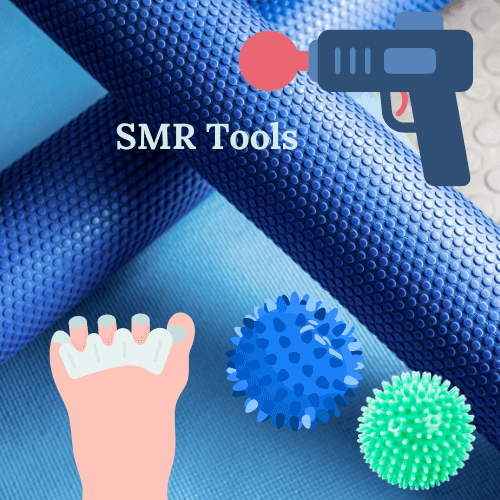
Tools you could buy
(FYI-Affiliate links)
Things you can find at home: Soft, used tennis balls. Squishy melt balls or rollers. Slightly bumpy balls. Toe separators from a pedicure.
Amazon Links- and I have a few of these on hand....
***I really like MELT balls or these OPTP Melt knockoffs......
Naboso- (Emily Splichal's company)
Neuro-release balls, toe splay,
Purchase Naboso
Purchase Naboso
Tune-up Fitness Balls
Educational Information that might be helpful
Foot Anatomy
Feet are very complicated.
The fact that the feet have 26 bones, 33 joints, and over 100 ligaments, muscles and tendons- in each foot- indicate how complicated this area is.
It also indicates that feet are meant to be very mobile- and in today's society of putting our feet in shoes with hard soles, we often stop this natural function.
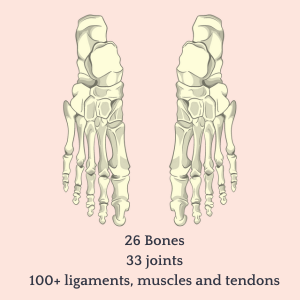
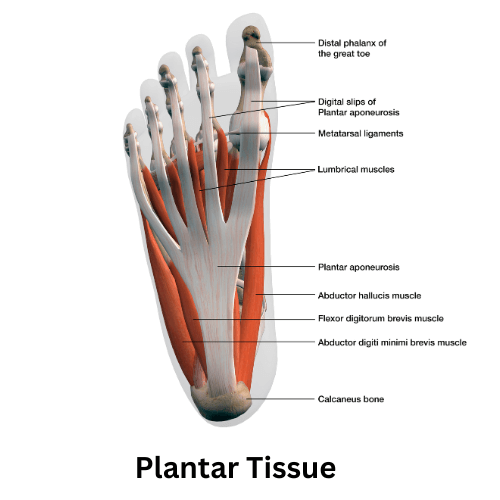
Plantar Tissue
- AnatomyThe plantar fascia is made up of connective tissue that run lengthwise from the toes to the heel. It's made up of three parts: the medial component, the central component, and the lateral component. Fascia is reflexive and contractile- it is meant to give push off but NOT be load bearing.
- FunctionThe plantar fascia supports the arch of the foot and plays a role in foot mechanics during walking. It is meant to give push off but NOT be weight bearing, Problems with your fascia tends to feel VERY uncomfortable, as a significant number of our pain receptors in it.
Back Line
Feet are part of the back line.
How this fits-
Check how well you can touch your toes.
Then roll the bottom of the foot, really releasing the tissue.
Now- re-check touching your toes.
Likely, releasing the bottom of the foot allows for more space in the back line,
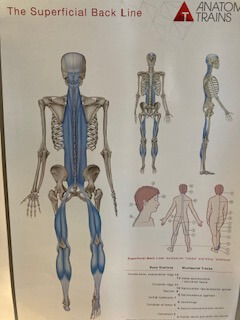
Mobility is the ability to move- or be moved freely and easily. It answers the question- can I make the movement.
Stability is how well you control the mobility you have. It answers the question- is it safe for me to allow this movement.
It's easy to think- I can't touch the ground- I must need mobility work. But if you can touch your toes while on the ground (you can make the movement) then you need stability work for your body to ALLOW you to do it.
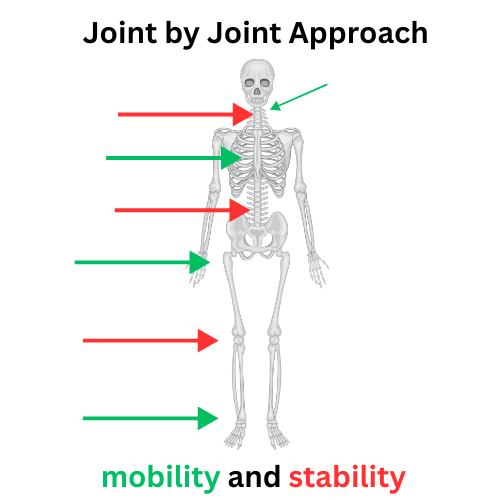
Joint by joint approach
Theory by Gray Cook and Michael Boyle
Each joint needs a balance of mobility and stability to function effectively. The approach classifies joints as either mobile or stable, and suggests that mobile joints should be followed by stable joints, and vice versa.
When one joint lacks mobility, the adjacent joint may compensate by becoming more mobile, which can lead to dysfunction and injury.
The joint-by-joint approach involves examining the site of pain, as well as the joints above and below it, to treat the root cause of the problem.
How this plays in-
Your knee hurts. This is a joint tis primarily stable- to move in alignment but not side to side. I would look to see if the Hip or ANKLE were problematic. It often would be that the ankle isn't mobile enough or that the hip isn't strong enough to keep the alignment (so strengthen the hip.)
Posture
Posture is the way we hold ourselves. Ideal posture is relaxed but upright- equal left to right, front to back and not twisted. Posture tends to be thought of as static but... Its really where we move FROM- and ideally that movement can be relaxed and functional.
